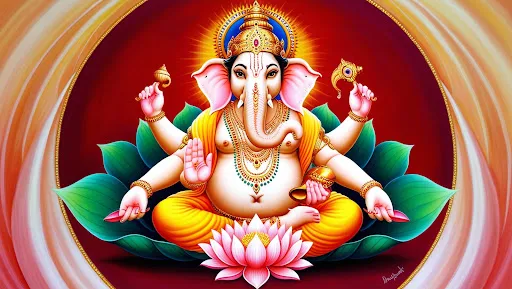Failure is often viewed as something to be avoided, something that indicates a setback or an end. In reality, failure can be the most important stepping stone toward success. It is the first step in a journey that shapes character, builds resilience, and crafts true role models. The quote, "Failure is the first step, if you succeed after failure you will be a role model, if you succumb to failures you will still be a model," represents this deep truth. You can find most examples of how there will be failures not only as inevitable but also as necessary for progress within the kingdom of animals.
Just like humans, animals face challenges, make mistakes, and sometimes fail. However, the lessons they can teach us about survival and even success from their failure are worth the price. "Failure is the first step, if you succeed after failure you will be a role model, if you succumb to failures you will still be a model," can be very beautifully illustrated through the lives of animals. Few journeys in the wild are as remarkable as that of the salmon.
Salmon spend most of their lives in the ocean but have the instinct to migrate back to freshwater streams where they were born for spawning. It is a difficult journey as many salmon never make it through. Those that do, however, after such a long, arduous fight against unbelievable odds, have become a hallmark of strength and determination. The life of the salmon is a perfect example that failure is the first step towards success. The quote, "Failure is the first step, if you succeed after failure you will be a role model, if you succumb to failures you will still be a model," can be beautifully captured through the life of the salmon. Their journey exemplifies how failure is not something to fear but something to learn from and persist through.
The Epic Struggle: A Journey Filled with Failure
A salmon starts its life in the cold, clear waters of freshwater streams. Once hatched, the young fish migrate to the ocean, where they spend most of their lives. However, their real test comes when it is time to return to their birthplace to spawn.
This migration is one of the toughest and most dangerous feats that salmon can perform. The fish have to swim against strong currents, fight against the water flow, leap over waterfalls, and evade predators. The physical stress is so high on the fish that it often fails. Many salmon won't survive. They may exhaust themselves, be caught by predators, or just get exhausted due to the challenging conditions they have to face. Failure is not the exception but part of the journey.
The reason these few who do become so extraordinary is because of these failures. Making it through these kinds of trials makes their survival all the more amazing. That struggle is what shapes them; just like challenges in life shape our character and resolution.
Resilience against failure
It's not the failure but the way they handle it that inspires a person in salmon. Even if they know the chances of crossing a waterfall or overcoming a powerful current, they don't stop. If they are not able to leap the waterfall or if the current is too powerful, they will rest and recover, trying again and again. Salmon is a born success: success is never a given; rather, the secret is to be persistent.
This idea parallels our own lives. We, too, in our quest for success, are bound to stumble. We might fail multiple times, like the salmon, but it is how we respond to such failure that counts. The salmon does not give up after one failed attempt. It keeps pushing forward, each time learning from its mistakes. It is this attitude of persistence that helps us to overcome adversity in our own lives.
The Reward: Success After Failure
For those salmon that make it to their birthplace, the reward is monumental. After crossing many obstacles and withstanding extreme challenges, they finally spawn and complete their life cycle. This success is not only about spawning but symbolizes the triumph of resilience, persistence, and growth.
Similarly, in life, those who continue to push forward after failure are often rewarded the most. While the salmon's journey is about much more than arriving at a destination, it's about the strength and lessons gathered along the way, so are our own struggles what shape us into who we are. The real success lies in the journey, not in the final outcome.
A Role Model of Resilience
Most of the salmon don't get to their spawning grounds, but the ones who make it have been role models in resilience and perseverance. For failure is not an end, but a way into something far better. Their efforts and struggles just speak of a higher power where one setback serves as an opportunity to try once again, to learn, and become stronger.
When we fail we have a choice in life, but to be discouraged or take after the salmon and move forward. It is through this that the salmon teaches us that if one fails several times, it is what's in us that gets him or her moving forward again.
Like the salmon, we have to learn to swim with failure first. If we keep trying, learn from our mistakes, and move forward, then we too will succeed after failure and become a role model of resilience. Even if we cannot reach our destination, our journey becomes an inspiring example for others to follow.
Failure, therefore, is not the end but the beginning of a new path. Just like the salmon, keep swimming against the current, and you may one day find yourself reaping the rewards of your perseverance.







.jpeg)





